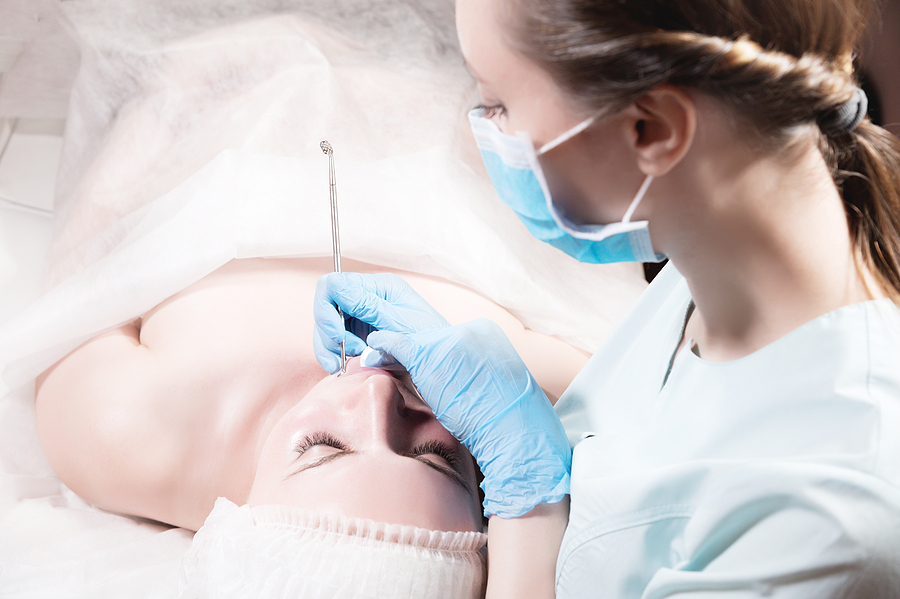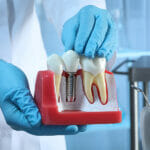Tooth loss is alarmingly becoming prevalent in the United States. A study revealed that 69% of Americans aged 35-44 permanently lose one tooth to decay, oral disease, or accident. Hence, adults continue to demand medical procedures for tooth replacement. It’s actually one of the most requested services in Guru Dentistry in Irvine.
The number of dental implants in the US reaches up to about 300,000 each year. These implants are metal frames that are embedded in your jawbone. They serve as a support and anchor for new and artificial teeth.
Further, these dental accessories ensure the placement of precision dentures and crowns while providing comfort when eating or speaking. Overall, the success rate of the procedures is at 98%. However, it still varies depending on operational performance and proper maintenance.
Understanding Implant Designs
Initially, experts invented four kinds of implant designs for clinical procedures. However, the American Dental Association approved only two. Thus, the following are considered safe and recommendable.
- Endosseous – This is the most popular procedure as it is applicable for people who do not have restrictive oral conditions. The implants look like a tapered screw, which is surgically fused in the maxilla area of the jawbone.
Its macro design guarantees durability, mechanical stability, and pressure resistance. Specifically, the screw threads provide strong retention, which is essential in maintaining the matrix of bone interaction.
Also, the shape which it comes in is either a cone-like or cylinder which enables mechanical modeling. It helps the bone adjust with surgical stress and grow spontaneously.
- Subperiosteal – This is an alternative procedure for people who have weaker cranial bones and shallow bone height. This type of dental implants is composed of titanium structure installed under the periosteum tissue and over the jawbone.
It constitutes a process called osseointegration, which connects the bone and the dental implant. Similar to the endosseous process, the posts extend through tissues and anchor the prosthetic tooth.
Dentists can install these implants in a single session for as long as the client has excellent oral health. Further, it has a snow-shoe shape that provides lateral stability for the bone structure.
Process and Costs
Here is an overview of how these implants are installed:
- Your dental surgeon will examine your mouth and study dental X-rays to determine the quality and quantity of the bone structure.
- Prepare at least $3000-4500, which is the estimated cost of the procedures. Most insurance providers do not offer coverage on this, as it is considered an elective process.
- During surgery appointments, you will be given local anesthetic or sedatives for pain relief. So be sure to identify if you have allergies with these medicines.
- The parts of the damaged tooth will be extracted, and a synthetic bone will be placed as a base for the implant. In some cases where there is no tooth in the site, an “onlay bone graft” provides a supportive framework for the metal post.
- The healing process takes up to six months. After that, the procedure begins, and your dentist can adjust the methods based on factors that can affect the positioning of the implant.
- Within six months after the surgery, the implant integrates with the bone.
- After complete healing, a prosthetic abutment can now be connected to the implant as it will hold the new tooth/teeth.
Technological developments paved the way for more advanced designs and surgical techniques. These designs ensure long-term positive outcomes for the patient. And while it costs more, oral implants guarantee a maximum performance that provides better aesthetics and oral health.
Image Source: BigStock.com (licensed)
Related Categories: Beauty, Health








